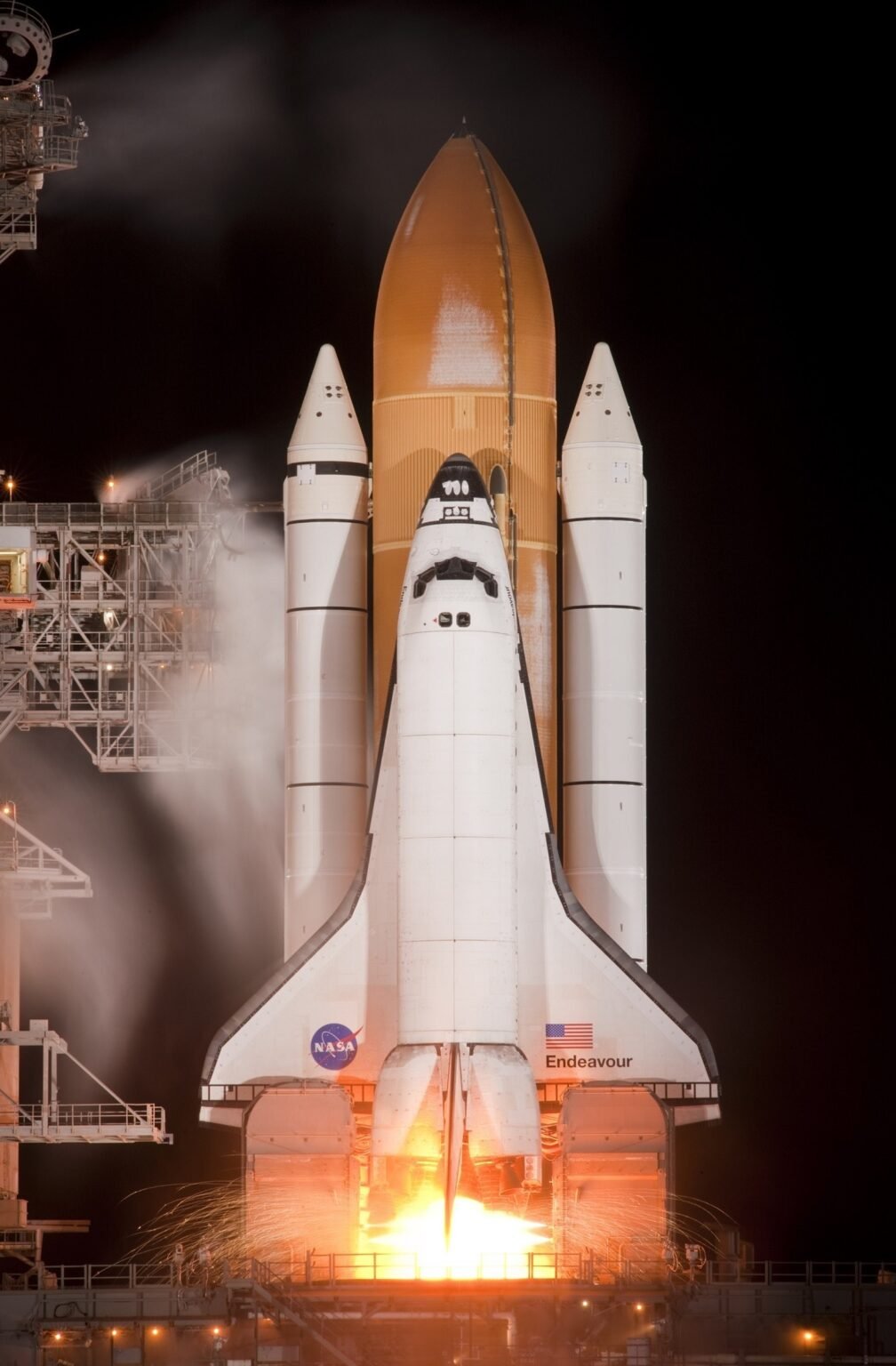NASA has announced the timescale for sending up a rocket to an asteroid that is worth more than the entire economy of our own planet.
It’s called Psyche, and it’s made out of metals that – if we could mine them and get them back down here – would be worth an eye-watering sum of money.
But that’s not necessarily the important thing about it.
It could be that the hurtling lump of space stuff is the former core of another planet that was bashed around at the very birth of our solar system, meaning there could be some stuff that we could learn about our own planet from heading to Psyche.
That’s why NASA wants to start a mission up there in October 2023.
It was originally planning to start that mission last year, but software problems pushed everything back.
Now though, it’s finally getting everything underway.
“The Psyche project is targeting an October 2023 launch on a SpaceX Falcon Heavy rocket,” the US space agency wrote.
Of course, the distances involved in a mission such as this are pretty vast, so the exploratory spacecraft will not arrive at the destination until August 2029.
It had originally been hoped that the module – also called Psyche – would arrive in early 2026, but they’ve had to change the trajectory, which means it’ll take longer.
Psyche – named after the Greek god of the soul – was first identified on March 17 1852 by an Italian astronomer called Annibale de Gasparis.
It is around the size of the US state of Massachusetts with an average diameter of about 140 miles.
Psyche is in an orbit around Mars and Jupiter, placing it a massive 309 million miles from the sun at the furthest extent of that orbit.
The scientists believe that almost the entire asteroid is made up of iron and nickel, as opposed to the rock and ice that makes up many asteroids.
That suggests it is made of a planet’s core – or what used to be one – and gives it an estimated worth of $10 quintillion.
To put that into context, that’s a 20 figure number, and is a lot more than the global economy is worth.
In fact, we’re only at $110 trillion right now, so it’s a lot more.
There is a bit of dispute about that, as some scientists have said it could just be a bit of a rubble pile, so we’ll find out once NASA gets up there.
The numbers are somewhat superfluous anyway, as there’s currently no way we’d be able to get all that metal back from where it is, let alone down to earth successfully and safely.
Still, there’s great scientific value in the mission, even if we aren’t all going to become rich from it.
NASA have now shared pictures of their successful attempt to smash a rocket into the Dimorphos asteroid to prove they have the capacity to redirect a similar sized asteroid or comet, if it was heading towards earth.
As good as the film was, none of us want a Don’t Look Up scenario.
The mission, which launched ten months ago, was dubbed as the Double Asteroid Redirection Test (DART) and was the world’s first full scale test of its kind.
At about 00:20 UK time on 27 September, NASA tweeted the good news of the mission’s success by simply writing: “IMPACT SUCCESS!”
In a video recorded in the control room, a member of Nasa’s team said: “And we have impact. A triumph for humanity in the name of planetary defence.”
It took ten months for DART to come in contact with Dimorphos after launching last November on SpaceX’s Falcon 9 rocket.
Just for some context, DART needed to get to at about 13,700 miles per hour (22,000 kilometres per hour) in order for it to lay a glove on the asteroid.
For those unaware, Dimorphos is part of a binary asteroid system and orbits Didymos, which takes around 11 hours and 55 minutes.
The asteroids were around 6.8 million miles (11 million kilometres) from Earth when the collision happened.
However, NASA hope that the success of DART means that the process has shortened this orbital period by about 10 minutes – although it will take several weeks before scientists can say whether the experiment has worked.
NASA previously said: “Dart’s target asteroid is not a threat to Earth but is the perfect testing ground to see if this method of asteroid deflection – known as the kinetic impactor technique – would be a viable way to protect our planet if an asteroid on a collision course with Earth were discovered in the future.”
There are currently somewhere around 27,000 asteroids in near-Earth orbit.
So, what happens next?
In 2024, the European Space Agency (ESA) will launch its Hera spacecraft, which will go on a two-year journey to the asteroid system to gather information in the aftermath of the crash.
ESA said: “By the time Hera reaches Didymos, in 2026, Dimorphos will have achieved historic significance: the first object in the Solar System to have its orbit shifted by human effort in a measurable way.”
This article was originally published by unilad



